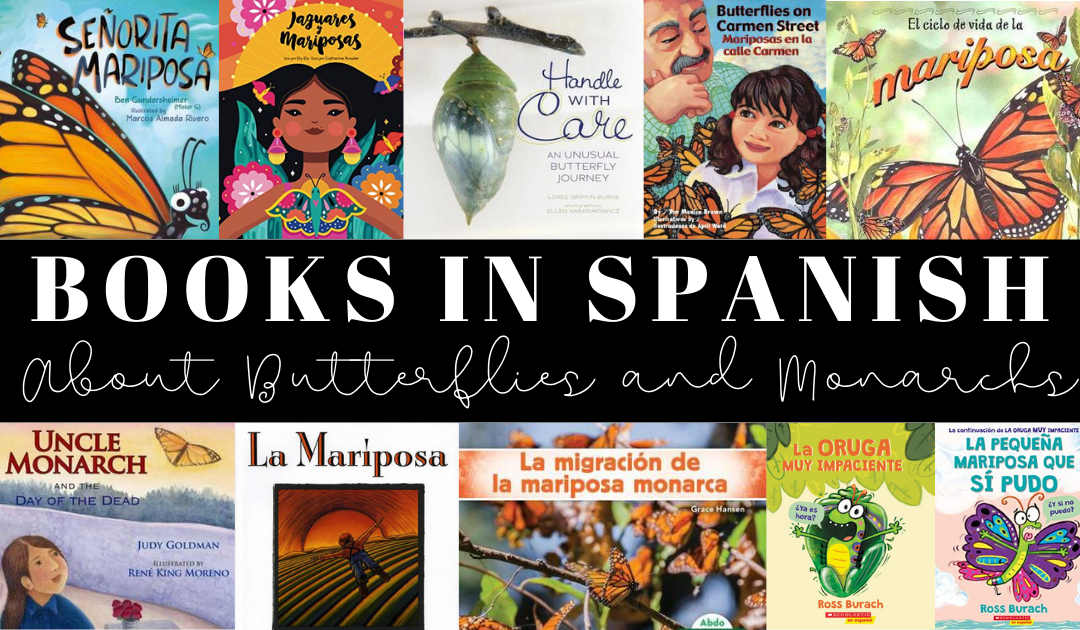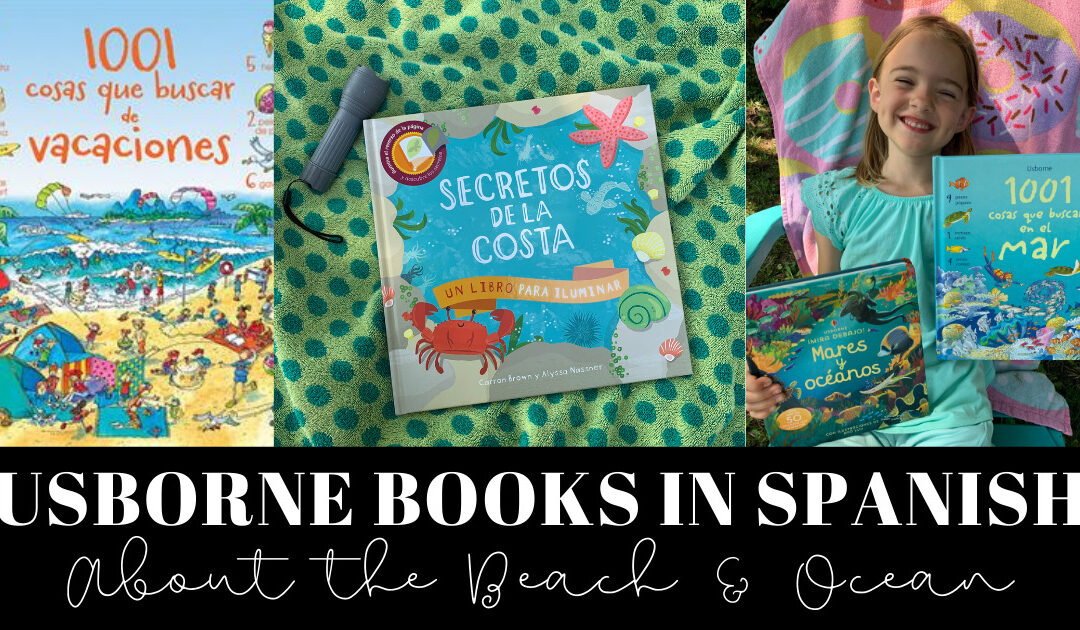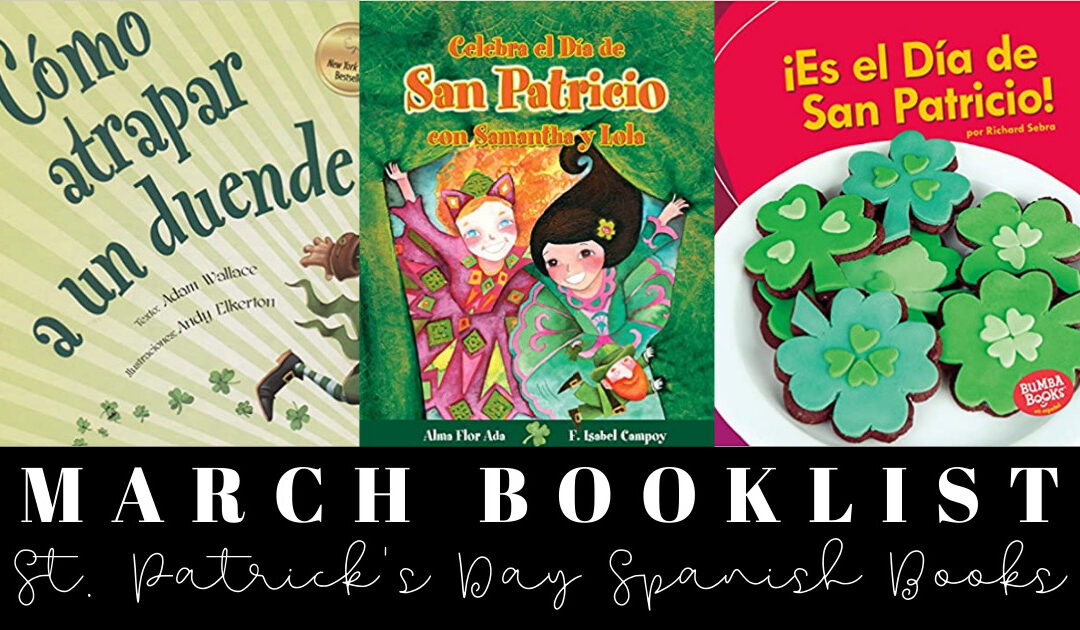I am always looking for ways to teach my kids Spanish using items we already have on hand. This sorting activity that we did below is SUPER simple and free! All you need are some bins for sorting, tape, paper, and a Sharpie for labeling.
One day as we were putting our Beanie Baby toys away for the hundredth time it dawned on me that the animals could be sorted by habitats. Then of course I started thinking about how to turn that idea into a Spanish lesson. You can use any group of toys for a sorting activity like the one below, and use it to learn Spanish! Group your toys by shapes, colors, size, beginning letter sounds, whatever subject you are currently teaching your kids or students.
We started by placing all of our Beanie Babies in a pile next to the toy bins they belong in. (These bins are actually stacking bins for lockers I purchased at Wal-Mart last Back-to-School season.)
Next, I made some labels with the names of different habitats in which all the animals live. I simply used scrap paper, a Sharpie and some tape. We did this activity a while ago, and the labels are still there!
Your labels may look different than ours, depending on the toys you decide to sort. If you need help finding the Spanish word for your sorting categories, just go to www.wordreference.com and use the English-Spanish dictionary to help you out. Our sorting categories were:
la granja = the farm
la casa = the house
la selva = the jungle
el bosque = the forest
el campo = the countryside/meadow
el aire = the air
el agua = the water
And since this picture was taken I have added a couple to the last label:
la hierba = the grass
la playa = the beach
You can see that I drew little picture clues next to each word label. My boys are not of reading age yet, so this is a must for us.
The great thing about this activity is that it can be repeated and adapted each time you put your toys away! Do not be afraid to break the learning into small bits. For example, the first time we played this sorting game I only made the labels and then our conversation went something like this:
Me: “What animal do you have there?”
Jovencito: “A HORSE!”
Me: “Where does he live?”
Jovencito: “On the farm.”
Me: “You are right! Look, here (pointing to the label) is the farm, in Spanish we say la granja. Can you put the horse in his home, en la granja?”
I might have them repeat the word after me, or even teach them the word for horse (el caballo) as well. Right now my Spanish goal for my boys is exposure. I want to try to expose them to the language as much as possible. If our Spanish play feels too much like a lesson they get overwhelmed with what they do not know or cannot understand. However if we are having fun and I play games with them, their little brains do the learning for them.
That’s why, if you feel comfortable, you can model phrases like this as well (bold print is what you say out loud):
(Holding the animal yourself and speaking in a funny voice) “Hola! Soy un caballo! Yo vivo en la granja!” That means, “Hello! I am a horse! I live on the farm!”
Then have the horse go cloppity-clop to the farm bin. Simple as that.
Here’s my little jovencito finding where the dog (el perro) lives.
We also played the game like this:
Me: ¿Dónde vive el perro? (Where does the dog live?) ¿Dónde vive…? means Where does it live?
Next my little jovencito walked the animal to its rightful home.
Playing like this does not require any “work” from the kiddos and feels more like a game to them, yet they are able to hear, and understand the context of, full Spanish phrases.
You can also just make simple statements and point to where the animal goes: “La cebra vive en el campo.” In this instance I had to simplify some habitat names. Zebras live in the savannas but that is so specific so you can use the word prairie or plain, which translates to la pradera in Spanish. I chose el campo because that means field, countryside, or meadow. Or to make things even easier, make one label that says zoológico, and any animal that you cannot observe near where you live can live at the zoo.
Depending on the labels you make, here are some example phrases you could use for the photo above:
“El gavilán vive en el aire.” = The vulture lives in the air.
“El pájaro vive en el aire.” = The bird lives in the air.
“El pájaro vive en el árbol.” = The bird lives in the tree.
Remember you will get the chance to try this activity each time you put the toys away, so don’t get too overwhelmed with all of the possibilities. Start simple. Even if you just learn a few animal names to start out and do the rest in English! And as you get more comfortable, add more words or phrases each time you put the toys away.
A bonus is that your kids won’t feel like they are cleaning up, but that they are playing a game.
So you can learn Spanish and have a clean play area when you’re finished! No matter what, just make sure you are having fun! I’d love to hear what games you have come up with to learn Spanish with your toys at home. Leave a comment or a link below to share. Feliz sorting!




